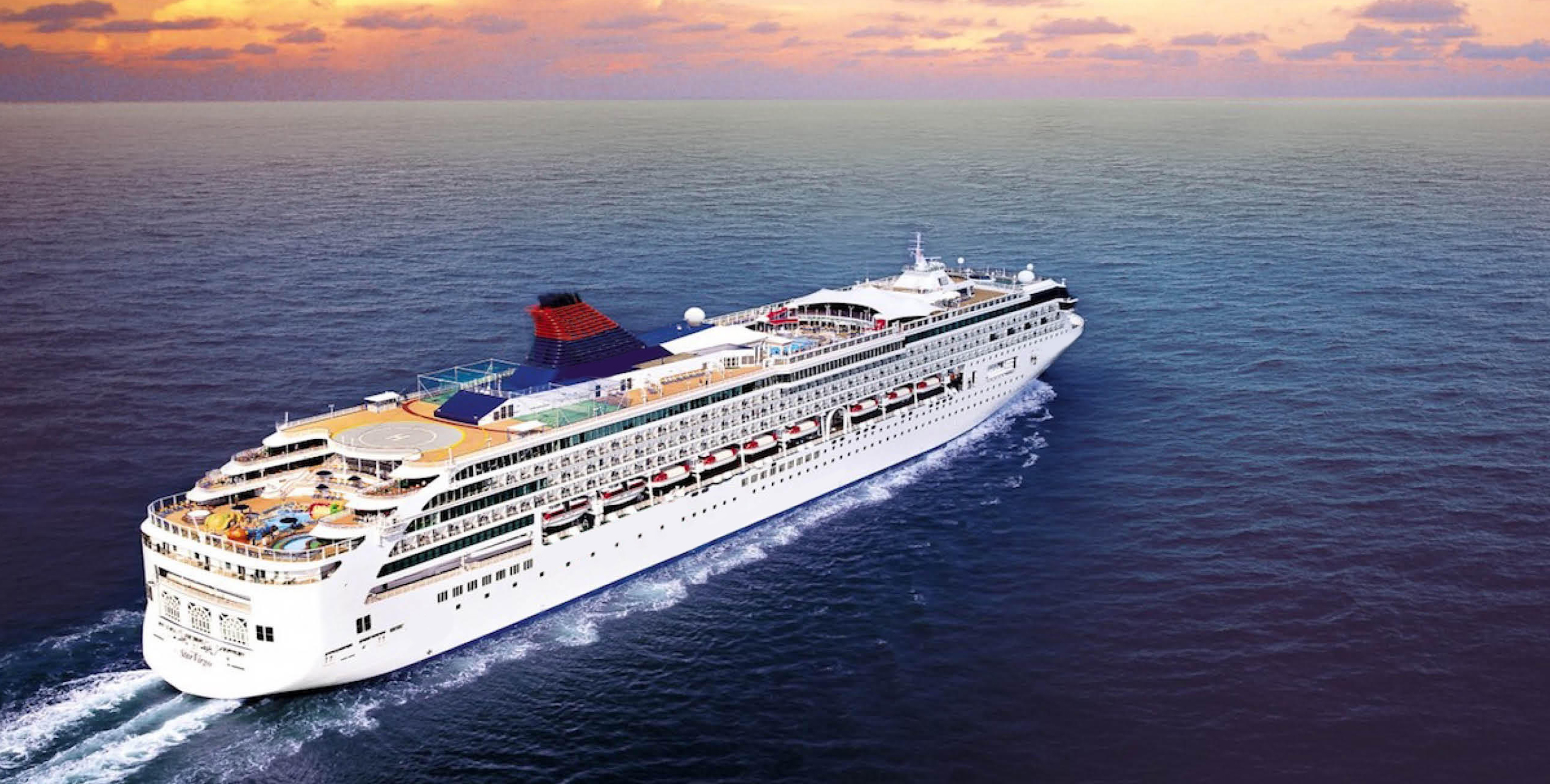All you need to know about the types of staircases in Malaysia
Stairs are a necessary component of any construction with numerous stories. In truth, stairs and staircases have existed for nearly as long as humans have. We accept them as a quick means to progress from one level to the next. However, when embarking on any construction or remodelling job, it is critical to examine the sort of staircase that will be used.
Staircases can be designed in an almost limitless variety of forms and styles to meet your project’s space, function, and aesthetic. Different types of stair architecture have varying degrees of visual attractiveness and take up different amounts of space. Some stair styles are more prevalent in homes, while others are more common in commercial or industrial environments.
Each stair type has advantages and downsides. To assist you in selecting the right sort of stair for your project, we cover some of the most prevalent types and shapes of steps.
1. Straight Stairs
The straight stair is the most basic and often used stair design, consisting of a single linear step with no direction. Straight stairs are often the simplest to construct due to their straightforward design. They do not require any extra support and facilitate the installation of railings and handrails.
Straight stairs are also inexpensive since they are simple to construct. Pre-cut risers and prefabricated metal steps are widely accessible, and many builders use them to save money. Straight staircases can be made to appear more translucent than other types of actions by employing thinner treads, open risers, and metal stringers.
2. Straight Stairs with Intermediate Landing
Straight stairs with an intermediary landing are more commonly found in large business structures than in residential dwellings. They might, however, be employed for domestic outside applications such as steps from decks to regions below.
This stair form offers the same general advantages as straight steps without the landing, such as being simple to build and travel. Furthermore, the intermediate landing serves as a resting place for individuals walking up and down the steps.
3.Straight Stairs with Top Landing
Straight stairs with top landings are commonly used in commercial and residential structures for industrial equipment access, mezzanine stairs, and loading dock stairs. It allows the designer to place the stair flight parallel to the floor or extend it beyond the base.
4. Quarter Turn Stairs (L-Shaped Stairs)
In both residential and commercial buildings, quarter turn stairs are standard. These stairs are typically utilised when the wall support is only on one side of the step. Straight stairs are less visually pleasing and fascinating than quarter turn stairs. They take up less space than consecutive steps and can be placed in a room’s corner. Straight stairs are more difficult to manoeuvre and less safe than quarter turn stairs. The landing provides a space to rest while also reducing the number of stairs that can be fallen at the same time.
When you consider the many types of staircases available and the various materials that may be used, the possibilities are practically limitless. When selecting a staircase style, one of the most crucial elements to consider is the available space. When deciding on the best staircase design for your project, consider the staircase’s function, cost, and visual appeal.










